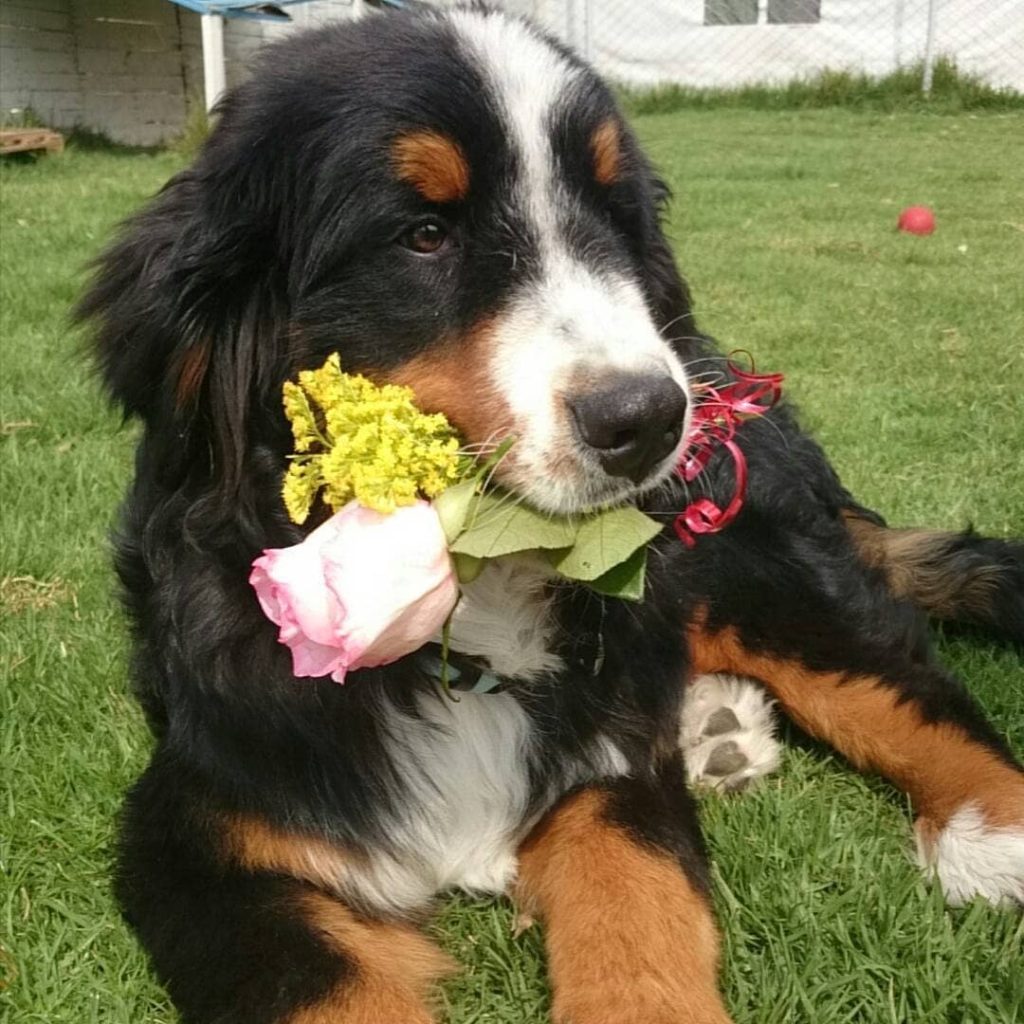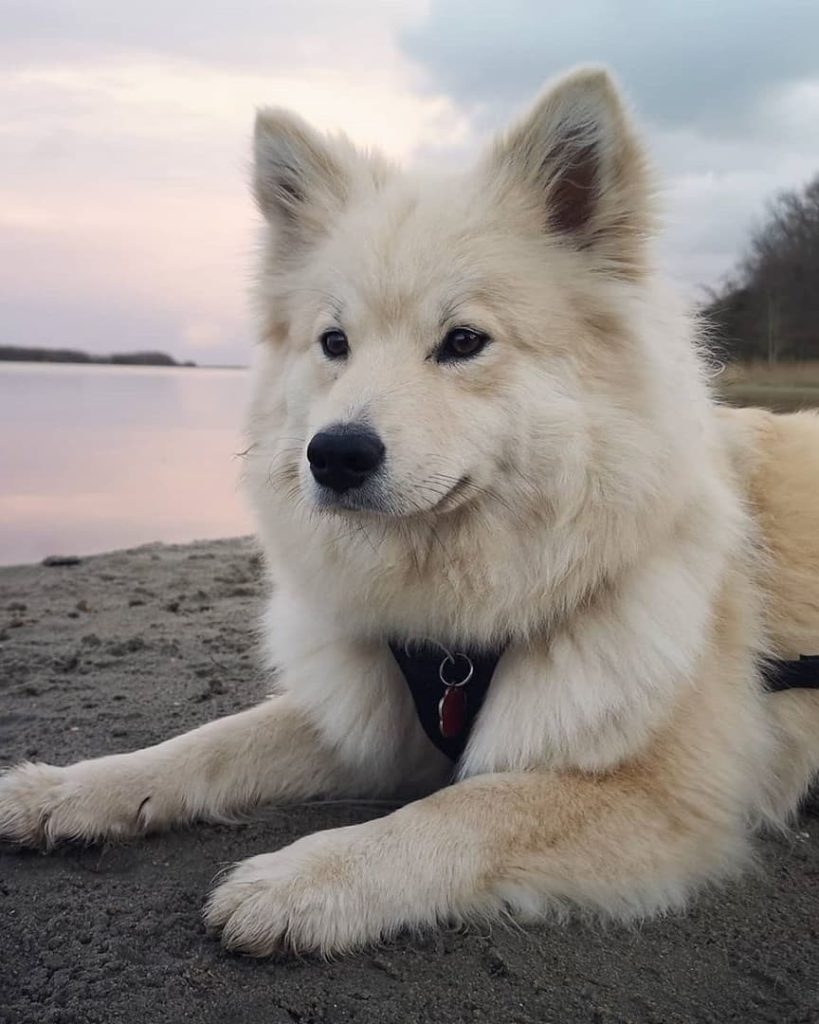Training your dog is about teaching them basic commands and strengthening the bond between you and your furry friend. It involves understanding their needs, behaviors, and how they communicate. A well-trained dog is a joy to have around and leads to a happier, more fulfilled life. Through training, dogs learn to navigate the complexities of human environments, which can significantly reduce their stress and increase their overall well-being.

The Benefits of Training Your Dog
Training your dog has a multitude of benefits that extend beyond simple obedience. It enhances your dog’s mental stimulation, keeping them engaged and alert. A trained dog is easier to manage, which makes outings and daily routines more enjoyable for both of you. Training also ensures your dog’s safety, preventing them from engaging in potentially dangerous behaviors. Moreover, it strengthens the bond between you and your pet, as training is a cooperative and interactive process that relies on mutual trust and understanding.
Understanding How Dogs Learn
Dogs primarily learn through associative learning processes, such as classical and operant conditioning. Classical conditioning creates associations between two stimuli, while operant conditioning is associating behaviors with consequences. Dogs also learn through observation, imitating the behaviors of other dogs or their human companions. Understanding these learning mechanisms is crucial in effectively training your dog, as it helps in tailoring the training approach to fit their natural learning tendencies.
Getting Started with Puppy Dog Training
Embarking on the dog training journey is an exciting venture with many rewards. Understanding the initial steps to train your dog is crucial for a successful outcome. This phase lays the foundation for your dog’s learning, shaping their behavior and attitudes towards training. It involves familiarizing yourself with the basic training principles, preparing you and your dog for the sessions ahead, and ensuring you have the right tools and environment for effective learning.
Training Basics
Positive Reinforcement Techniques
Positive reinforcement is a cornerstone technique in dog training, emphasizing the reward of good behavior rather than punishment for bad behavior. This method involves rewarding your dog with treats, praise, or playtime immediately after they display a desired behavior. The key is timing; the reward must follow the behavior promptly to ensure the dog associates the action with positive outcomes. This technique strengthens the bond between you and your dog and encourages them to repeat the behavior.
Essential Training Tips
When considering how to train your dog, remember that consistency is critical. Use the same commands for each action, and ensure all family members do the same to avoid confusing the dog. Keep training sessions short and focused, as dogs have limited attention spans. Start with simple commands and gradually increase complexity, building on previous successes. Patience and understanding are vital; not all dogs learn at the same pace, and frustration on your part can hinder the training process.
Preparing for Training
Setting Up a Training Schedule
A consistent training schedule is essential for practical dog training. Dogs thrive on routine, and regular training sessions help reinforce learned behaviors. Training should occur at the same time each day to establish a routine. Short, frequent sessions—about 10 to 15 minutes long—are more effective than longer, less frequent ones, keeping your dog engaged and eager to learn.
Choosing the Right Treats and Tools
Selecting appropriate treats and tools is critical in preparing for dog training. Treats should be highly desirable to your dog and small enough to be consumed quickly, avoiding disrupting the training flow. The choice of tools, such as leashes, collars, and clickers, should suit your training objectives and your dog’s size and temperament. Quality tools enhance the training experience, ensuring both safety and effectiveness.
Fundamental Training Commands
Mastering fundamental commands is an essential aspect of training for dogs, providing a foundation for advanced skills and ensuring their safety in various situations. Training your dog to respond to basic commands fosters a disciplined environment and enhances the bond between you and your pet. These commands serve as building blocks for more complex behaviors and are crucial for every dog’s education.
Basic Commands Every Dog Should Know
Sit
The “Sit” command is one of the first and most essential skills in dog training. It is the cornerstone for establishing control and preparing your dog for more advanced commands. To teach “Sit,” hold a treat close to your dog’s nose, then move your hand up, allowing their head to follow the treat and causing their bottom to lower. Once sitting, say “Sit,” give them the treat, and share affection.
Come
The “Come” command is crucial for your dog’s safety, allowing you to call them back in potentially dangerous situations. Start with a leash in a quiet area, pull gently on the leash while saying “Come,” and reward your dog as they move towards you. Gradually increase the distance and distractions as your dog improves.
Stay
“Stay” teaches your dog self-control and patience, making it a fundamental aspect of dog training. Ask your dog to “Sit,” open the palm of your hand in front of you, say “Stay,” and take a few steps back. Reward them for staying even briefly, gradually increasing the time and distance.
Heel
The “Heel” command is essential for controlled walking, ensuring your dog walks beside you, not pulling on the leash. Start with your dog on your left side, say “Heel,” and walk forward. If your dog stays beside you, reward them. Use treats to encourage them to stay close to your heel.
Go Potty
Training your dog to eliminate on-command is incredibly convenient, especially for house training. Take your dog to their designated potty area and use a consistent command like “Go Potty.” Reward them immediately after they’ve done their business, reinforcing the behavior.
Teaching Techniques

Illustrating Your Command
Visual cues are an effective way to reinforce verbal commands when training your dog. Demonstrating what you want your dog to do, such as sitting down yourself to illustrate the “Sit” command, can help your dog understand your expectations more clearly.
Using Treats Effectively
Treats are a powerful motivator in dog training. Use them to reward desired behaviors immediately, making a clear connection between the action and the reward. Vary the treats to maintain interest and only give them correct responses to commands.
Keeping Training Sessions Exciting
Maintaining your dog’s interest during training sessions is crucial. Keep sessions short, fun, and full of energy. Use toys, games, and enthusiastic praise to make training enjoyable, ensuring your dog’s willingness to participate.
The Importance of Repetition
Repetition is critical in reinforcing learned behaviors. Consistently practicing commands in various situations ensures your dog understands and responds to them in any context. Remember, patience and persistence are crucial in achieving lasting results.
Specialized Training Areas

Specialized training areas focus on specific aspects of a dog’s behavior and are essential for their overall development. These areas address dog owners’ common challenges and provide a structured approach to creating a well-behaved and socially adept pet.
House Training and Crate Training
- House Training: Maintaining a clean home and a comfortable living environment is essential.
- Establish a routine: Take your dog out at the exact times daily.
- Choose a designated bathroom spot outside.
- Reward your dog immediately after they are eliminated outside.
- Supervise indoors to prevent accidents.
- Crate Training: Provides a safe space for your dog and aids in-house training.
- Introduce the crate gradually, making it a positive experience.
- Use treats and toys to encourage crate time.
- Keep crate sessions short initially to avoid anxiety.
Leash Training Dogs and Puppies
- Essential for safe and enjoyable walks.
- Start with a comfortable harness or collar and a suitable leash.
- Teach your dog to walk beside you without pulling.
- Use treats and verbal praise to reinforce good leash behavior.
Socialization Skills for Dogs and Puppies
- Crucial for developing well-adjusted dogs.
- Introduce your dog to various people, animals, and environments early on.
- Use positive reinforcement to associate new experiences with rewards.
- Monitor interactions and intervene if necessary to ensure positive outcomes.
These specialized training areas are fundamental in how to train a dog, offering structured tips to train dogs for a harmonious living with their human companions.
Advanced Training Techniques
As your dog masters basic commands, advancing their training introduces them to more complex tasks and reinforces their obedience. Advanced training techniques challenge your dog and enhance the communication and bond between you both.
Clicker Training for Dogs
Clicker training is a precise and effective method to communicate with your dog. The small handheld clicker makes a distinct sound to mark the exact moment your dog performs the desired behavior.
- Begin by associating the clicker sound with a reward. Click and immediately give a treat.
- Use the clicker to mark the desired behaviors as they occur, followed by a reward.
- Gradually introduce commands and click for correct responses, ensuring timely treats.
Teaching Fun Tricks and Advanced Commands

Advanced commands and tricks add variety and mental stimulation to your dog’s routine.
- Choose tricks that suit your dog’s physical abilities, such as rollover, playing dead, or fetching specific items.
- Break down each trick into smaller steps, using positive reinforcement at each stage.
- Practice engaging sessions to maintain your dog’s interest and motivation.
Proofing Behaviors and Troubleshooting
Proofing ensures your dog’s behaviors are reliable in various situations, while troubleshooting addresses training challenges.
- Practice commands in different environments with varying levels of distraction to reinforce your dog’s training.
- Identify and address any specific issues or setbacks in your dog’s behavior if a command isn’t working, go back to basics, and rebuild the behavior.
- Stay patient and consistent. Some behaviors may take longer to prove than others, and setbacks are a normal part of learning.
Advanced training techniques offer a pathway to deepen your dog’s skills and enhance your relationship through continued learning and mutual understanding.
Maintaining Training Progress
After investing time and effort into training your dog, maintaining their progress is crucial to ensure that the learned behaviors remain consistent. This phase is about reinforcing the training and addressing any challenges, ensuring your dog’s skills and obedience continue to thrive in the long term.
Reinforcing Learned Behaviors
Reinforcement is vital in keeping your dog’s training fresh and ingrained. Continually practicing the commands and behaviors your dog has learned ensures they remain sharp and responsive. It’s not just about repeating commands but integrating them into your daily routines and interactions, making obedience a natural part of your dog’s life.
Gradually Decreasing Rewards
As your dog becomes more adept at following commands, it’s important to start reducing the frequency of treats and replacing them with other forms of positive reinforcement, such as verbal praise or physical affection. This transition encourages your dog to obey commands not solely for the reward but as a chronic response, reinforcing their training more sustainably.
Consistency and Patience
Consistency in commands, expectations, and rewards helps solidify your dog’s training. Being patient during this process is essential, as learning can plateau or regress at times. Maintaining a calm and consistent approach reassures your dog and helps overcome confusion, reinforcing the desired behaviors.
Addressing Common Training Challenges

Training is rarely without its hurdles, and facing challenges is a normal part of the process. Common issues such as distraction, disobedience, or regression can often be addressed by revisiting basic training principles and adjusting strategies. Understanding the root cause of these challenges is critical; it might be a lack of engagement, unclear commands, or insufficient reinforcement. Tailoring your approach to your dog’s unique needs and circumstances can help overcome these obstacles, ensuring continuous progress in their training journey.
Maintaining training progress is an ongoing commitment that requires patience, consistency, and adaptability. By reinforcing learned behaviors and effectively addressing challenges, you can ensure that your dog’s training stands the test of time, benefiting both of you with a harmonious and fulfilling relationship.
Continuing Your Training Journey
As you and your dog become more comfortable and proficient with basic and advanced training techniques, the journey doesn’t have to end there. Advancing to higher levels of training can further enhance your bond, provide mental stimulation for your dog, and introduce new challenges that keep training exciting and rewarding.
Advancing to Higher Levels of Training
- Participate in Dog Sports: Activities like agility, obedience competitions, or flyball can provide new challenges and goals.
- Therapy Dog Training: Training your dog to become a therapy dog can be rewarding, allowing you to volunteer together in hospitals, schools, and nursing homes.
- Specialized Skills: Depending on your interests and your dog’s aptitudes, consider specialized training areas like scent work, search and rescue, or advanced trick training.
Continuing your training journey opens up a world of possibilities, offering you and your dog endless opportunities for growth, learning, and enjoyment.
Conclusion
In conclusion, dog training is more than teaching commands; it’s about building a lasting bond and ensuring a well-adjusted, happy pet. The journey of training enriches both lives, weaving trust, safety, and mutual respect into the fabric of your relationship, making every moment together more rewarding.
The Lifelong Benefits of Training
- Strengthened Bond: Deepens the connection between you and your dog through mutual trust and understanding.
- Enhanced Safety: Ensures your dog’s safety and the safety of others by promoting predictable and controlled behavior.
- Mental Stimulation: This engages your dog mentally, preventing boredom and related behavioral issues.
- Social Readiness: Prepares your dog for various social situations, reducing anxiety and promoting confident interactions.
